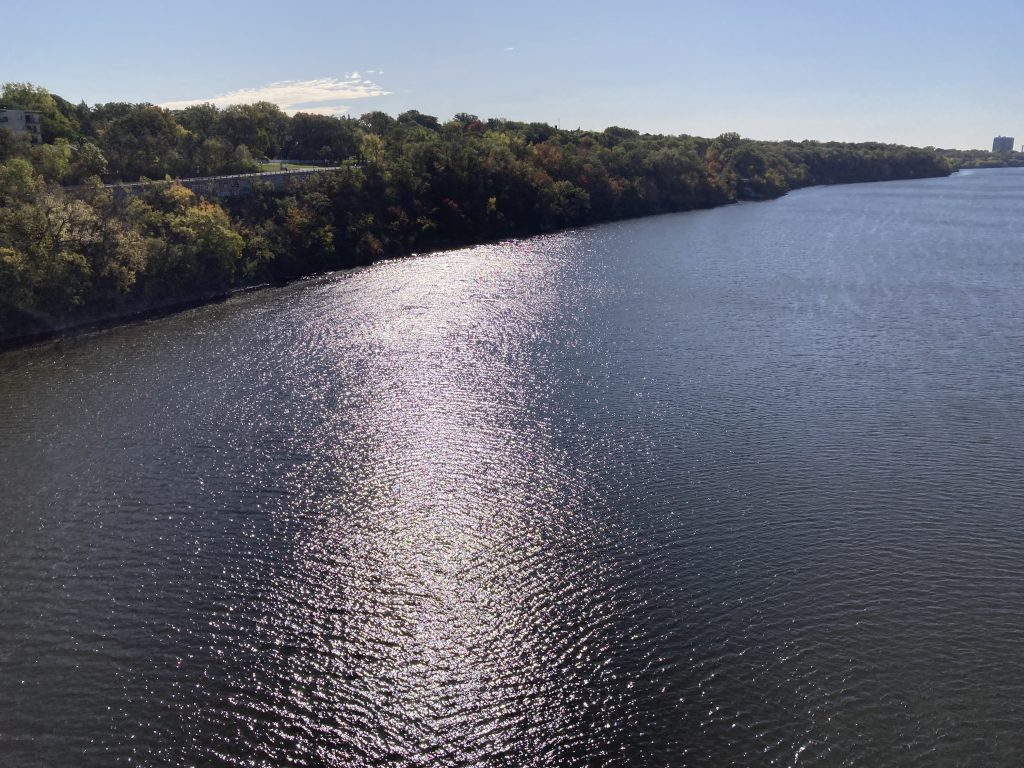yoga: 20 minutes
core: 10 minutes
Downward facing dogs and crescent moons and cat backs and cow mountain rag doll child poses. Dead bugs and side planks and bird dogs and push-ups and reverse crunches. And other things I can’t remember the names of right now.
some things I heard watched read today
HEARD most of an amazing Tinhouse podcast interview with the poet and multi-media artist, Diana Khoi Nguyen. After I finish, I’d like to read the transcript and pick out some passages that were particularly moving.
WATCHED some advice from Billy Collins on how to write poetry: Read poetry, lots of it, thousands of hours of it. Read Wordsworth.
READ parts of Mary Oliver’s Long Life:
And that is just the point: how the world, moist and bountiful, calls to each of us to make a new and serious response. That’s the big question, of us to make a new and serious response. That’s the big question, the one the world throws at you every morning. “Here you are, alive. Would you like to make a comment?” This book is my comment.
Long Life/ Mary Oliver
and a review of collection that I want to check out, Wonder About The that references a useful essay by Forrest Gander, What is Eco-Poetry?:
Aside from issues of theme and reference, how might syntax, line break, or the shape of the poem on the page express an ecological ethics? If our perceptual experience is mostly palimpsestic or endlessly juxtaposed and fragmented; if events rarely have discreet beginnings or endings but only layers, duration, and transitions; if natural processes are already altered by and responsive to human observation, how does poetry register the complex interdependency that draws us into a dialogue with the world?
What is Eco-Poetry? / Forrest Gander
and also references Angus Fletcher:
In his magisterial 2004 study A New Theory for American Poetry, Angus Fletcher posited that “environmental sensitivity demands its own new genre of poetry” and argued that environment poems “are not about the environment, whether natural or social, they are environments.”
and discusses how Wonder About The mentions eyes frequently:
The peculiar art of perceiving the environment is often a subject of Wonder About The, whether it’s acknowledging that a farmer’s “bright Deere” is “a part of / the field’s design” or the urgent command, presented in progressively larger type, to “look up / look up / look up.” Eyes, in fact, are mentioned often, from “the sense record” being visited “upon our eyes / our ears” to a hard-earned vision of a waterfowl:
my winter eye
unlayers all frost
anneals what distance
takes
rank glorious muck
rot palimpsesting rye
the duck
the living eye
